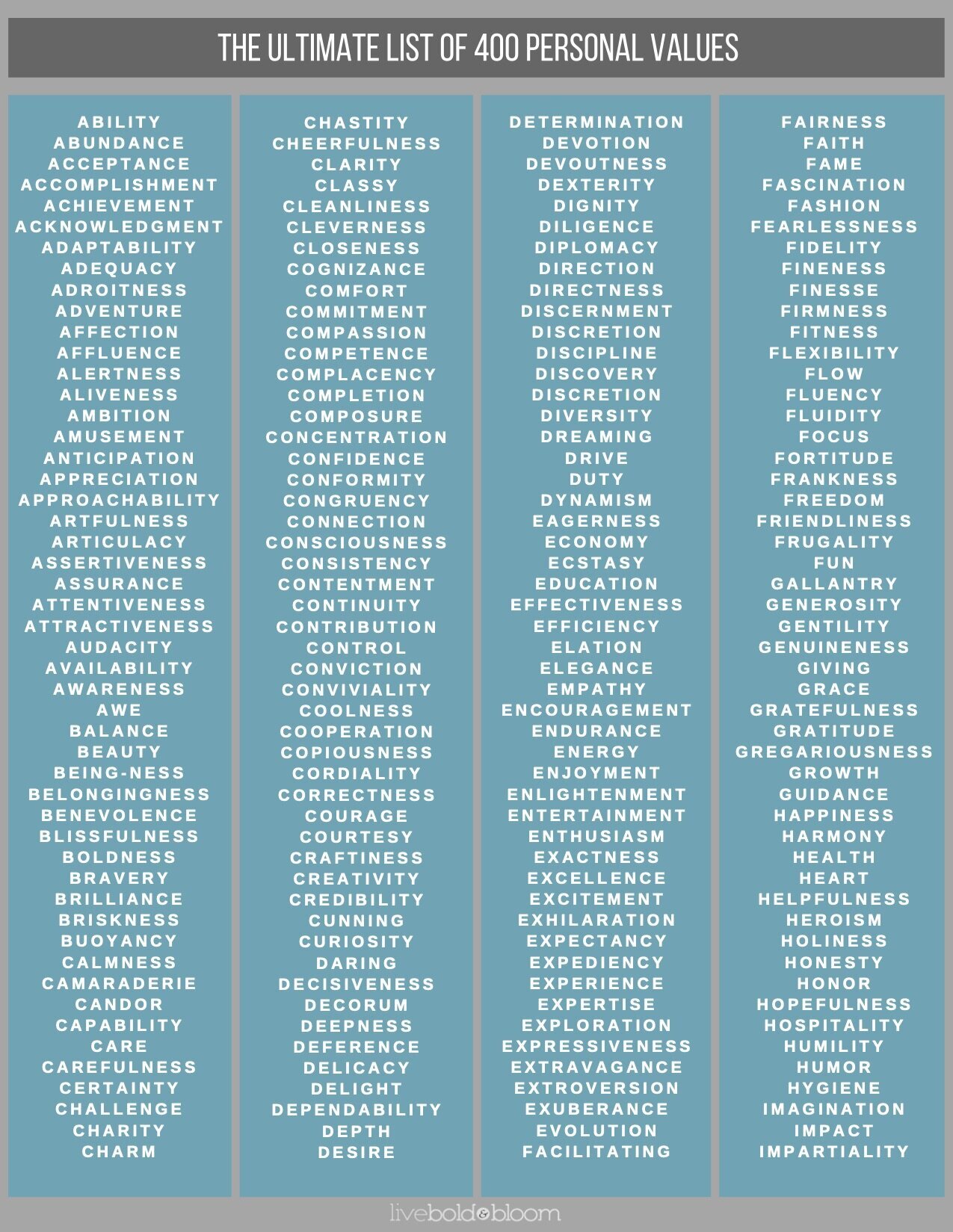Brand
Development
Everything is a brand and has branding. A brand is who you are, who people perceive you to be and what you represent.

Steps of Branding
Understand Elements of Brand Strategy
Determine Brand Personality
Design Brand Essence
Discover Visual Brand Identity
Establish Brand Voice + Brand Messaging + Brand Behaviors
Determine Brand Benefits (Emotional, Functional, Rational)
Establish Customer Value
Analyze Peers + Competitors
Understand Target + Market Audience
Create Customer + Buyer Persona
Determine Brand Touchpoints
Understand Customer Journey
Brand Management + Maintenance
Branding
Branding is the process of creating a uniquely distinguishable image for your brand that differentiates your brand from competitors in the minds of consumers. Branding establishes your company’s identity.
Reasons Brands Fail
Brands fail when the audience is unable to identify what your brand is about. Brands fail when they have no vision, disorderly brand messaging, inconsistency, break promises to consumers, represent themselves inauthentically, lack competitor awareness, disconnect from consumers, remain stagnant by lack of innovation and inflexibility to grow as a brand, under exposure on social media platforms.
Brand Strategy
Brand Strategy is the process of developing a unifying plan about who you are and how you will clearly communicate that. A well-defined brand strategy builds on a vision and affects all operations of a business. All behaviours, actions and communications within the company will become aligned in order to achieve specific company goals.
Consider brand essence, consumer needs and emotions, brand benefits, and brand positioning in the competitive environment when determining your brand strategy.
Understand the Elements of Brand Strategy:
Discover Brand Essence
Determine Brand Personality
Design Brand Identity
Establish Brand Voice + Brand Messaging
Understand Target + Market Audience
Create Consumer Persona
Determine Brand Benefits
Establish Customer Value
Analyze Peers + Competitors
Determine Brand Touchpoints
Understand Customer Journey
Establish Brand Management + Maintenance
Brand Essence
Brand Essence is the identifiable, distinguishable, and consistent core characteristics of a brand and the actions taken by the brand being guided by those established principles, which define and represent your company uniquely. It can be seen as your recognizable reputation by your audience or the emotional relationship between consumers and the company.
Brand Essence brings together concepts such as values, attributes, personality and visions to determine what you stand for as a company, and acts as a blueprint for the actions to be taken by your brand and team. Your actions will be guided by these established principles.
Vision
Values
Goals
Beliefs
Personality
Attributes
Characteristics
Benefits
Culture
Brand Vision
Brand Vision is the ideas, goals, objectives and intention behind a brand that help guide the company into the future.
Brand Vision is the clear explanation of why your company exists and the direction in which it envisions going in the future. A vision focuses on tomorrow and what an organization wants to ultimately become while a mission statement focuses on today and what an organization does to achieve it. Brand Vision comprises of three key components:
Brand Values. What you believe in and stand for
Brand Purpose. Why you do what you do
Brand Future. How you plan to expand
Brand Identity
Brand Identity is the visual recognizable elements of a brand that instantly identify a brand, amplifies differentiation, and reinforces the existing reputation of a brand in consumers minds. Brand Identity is visible and can be expressed in a variety of ways:
Name
Logo
Design
Symbols
Trademark
Colors
Typography
Photography
Illustration
Graphics
Iconography
Product Packaging
Video Content
Web Design
Brand Image
Brand Image is the perception of your brand in the eyes of consumers. Image is the ideas, beliefs and impressions others have of what your brand represents, and how and what people perceive and think of your brand, based on their interactions and experience with the brand.
Brand Voice
Brand Voice is the expression of brand personality and attitude when communicating with an audience, by using a consistent selection of words and language aligned with the traits of your brand personality.
Brand Tone is the expression of how you convey your emotions depending on the context of each specific message. Your brand voice needs to be consistent and present through each interaction and exposure made between a consumer and your brand, while the tone of your voice may adjust depending on the context of the message or content.
Brand Tone
Target Audience
Target Audience is a particular group of consumers defined by certain demographics, geographics, psychographics, and behaviours within the predetermined target market, who are likely to be interested in your brand or product, and identified as the recipients for a particular advertisement or message.
Demographics
Geographics
Psychographics
Behaviours
Consumer Persona
A consumer persona is an analysis and detailed description of the ideal buyer of your product or service to help your company identify the type of person and audience you are targeting with your marketing and branding efforts.
When considering your ideal customer, you should include details such as demographics and psychographics. Foresee the type of interaction your audience is looking for, what emotional impact they want to achieve, what struggles and challenges they face, and how they use social media.
Gender
Age
Occupation
Location
Income
Marital Status
Hobbies and Interests
Motivations
Dislikes
Pain Points
Challenges
Goals
Media Consumption
Value Proposition
Value Proposition articulates the clear, measurable and demonstrable emotional and functional benefits (also known as rational benefits) a company is offering to its target market, that provides value to the customer and makes a company or product attractive to consumers in comparison to competitors. It describes what sets your product or brand apart from competitors and highlights the benefits as to why consumers should buy from you and not from your competitors.
Brand Benefits
Brand benefits are based on consumer needs and the value that consumers experience as a result of using your product or service. Benefits are measured in two forms:
Functional Benefits are what your brand provides consumers and what they get from your brand or product
Emotional Benefits are how the brand or product makes consumers feel
Some ways to determine the benefits your brand provides is by identifying the problems and pains your consumer persona and target audience faces, and how your brand helps them solve that problem or relieve that pain, and identifying what your consumers are looking to gain, and how your brand create those gains.
There are five generalized categories of overall needs a consumer desires:
Self-Actualization
Esteem
Love and Belonging
Safety
Physiological
Competitor Analysis
Competitor Analysis is the process of analyzing the strengths and weaknesses of your competitors within the market to identify potential opportunities and threats to your company and develop improved strategies to better position your company, brand and product. Understanding where your brand stands in comparison to competitors in the minds of consumers allows you to adjust or improve various elements and tactics of your brand and company to better position yourself within your industry.
Competitor Intelligence
Competitor Intelligence is the gathering of information about competing brands with the goal of using that information for strategic decision making on factors that will affect your company’s competitive advantage.
Competitor Intelligence that should be reviewed:
values and benefits provided to consumers
anticipate competitive activity
industry trends
gaps in the market
which areas of the market competitors are focused on
how competitors are changing or growing
successful and failed marketing, advertising, and content strategies within the marketplace
consumer responses to brands interactions and actions
Brand Positioning
Brand Positioning refers to the distinctive and conceptual place a brand occupies in the minds of the consumers and in the target marketplace in comparison to competitors. Key components of determining brand positioning include relevance, differentiation, credibility and attainability of the brand in the minds of consumers.
Brand Touchpoints
A touchpoint is a point at which a potential or existing customer comes into contact or interacts with your brand or business. Brand Touchpoints occur throughout three stages - before, during and after purchase. Be aware of your brand touchpoints, and at what point in the customers journey consumers will come into contact with your brand.
Brand Touchpoints are crafted and constructed by the brand in order to engage the consumer with the brand, motivate the consumer to take action, and give the consumer an experience they want to have again. Your brand essence and identity should be aligned, identifiable, reinforced, represented and expressed in each brand touchpoint. Some examples of Brand Touchpoints:
Advertisements
Billboards
Employees
Flyers
Packaging
Products
Social Media
Word of Mouth
Customer Journey
The Customer Journey indicates the steps and process (how and when) your customers go through when connecting and engaging with your brand to achieve a goal with your company. There are three instances in which a customer may come into contact with a brand:
Pre-purchase
During purchase
Post-purchase
There are numerous brand touchpoints that correlate with each phase of the customers journey and encourage consumer engagement. There are five phases in which the customer journey occurs:
Awareness
Consideration
Acquisition or Purchase
Service
Loyalty
Brand Management
Brand Management deals with the analysis, maintenance, monitoring, management and expansion of brand strategy and execution. Brand Management begins with an analysis on how a brand is currently perceived in the market, and proceeds to plan how the brand needs to adjust their branding if it is to achieve its goals, and continues to ensure that the brand is perceived as planned and secures its goals.
A branding agency focuses on creating, shaping, developing, and launching a brand, company or products unique identity by creating, planning, measuring, and managing branding strategies for clients.
Branding Agency


